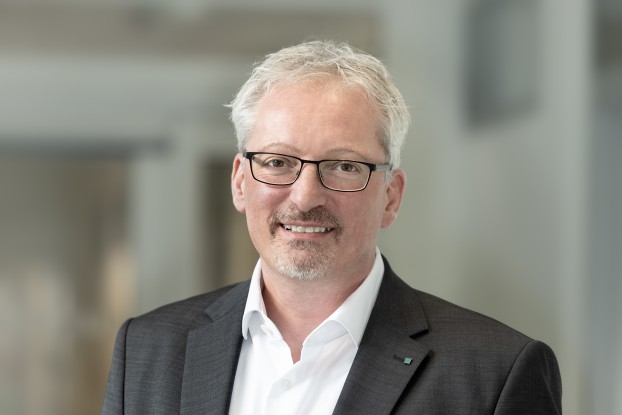A powerful alternative to using the fundamental equation of machine acoustics is using the sound’s energy flows (intensities) in order to create a model representation of the sound propagation. In a solid body, for example, one can use structural intensity (STI) to describe the flow of structure-borne sound energy from a energy source to a energy sink.
The following topics in the field of STI are currently being researched at our research group:
- Numerical analysis of the structural intensity distribution – STI can be calculated numerically, e.g. with an FE-program, using the system’s stress resultants. Analysing STI depicts, among other things, the location of the critical paths of energy on a structure. Therefore, using STI-Analysis can greatly expand our understanding of structural behaviour. With this knowledge, local starting points can be found to create impedance discontinuities using constructive measures in order to reduce vibration.
- Numerical structure optimization by means of structural intensity – the input or dissipation of energy in defined structural areas can be calculated based on STI. For example, it is possible to use STI to calculate the optimal distribution of damping patches on a structure so that maximal energy is dissipated.
- Investigations of the factors that influence structural intensity – in order to reduce the sound radiation of a vibrating structure, the concept of redirecting energy can be chosen as an alternative to the dissipation of vibrational energy. This means that an attempt is being made to change the structure, e.g. the structure’s geometry, so that most of the energy flows into non-critical areas. As a result, hardly any sound is radiated. Our current research investigates possibilities that can be used for this purpose.
Contact:




